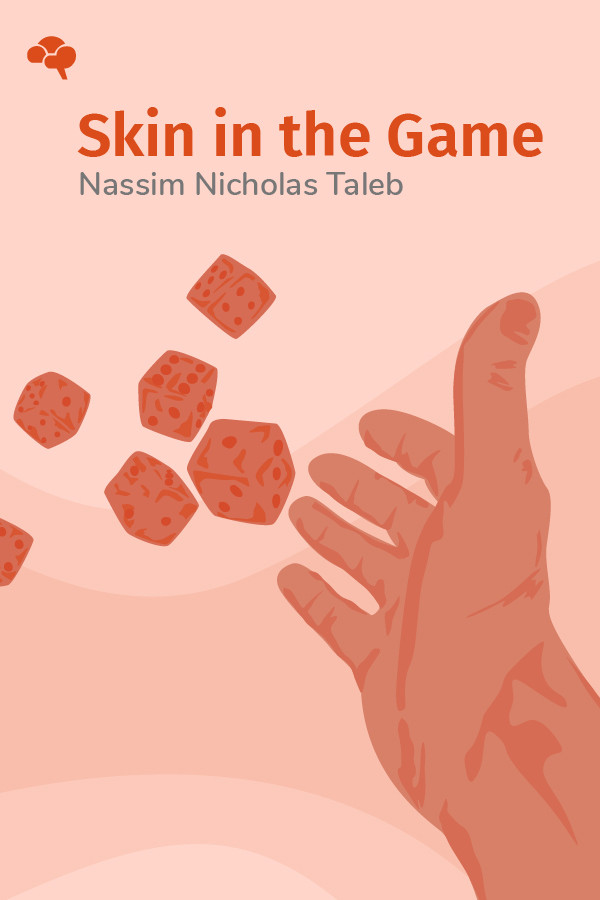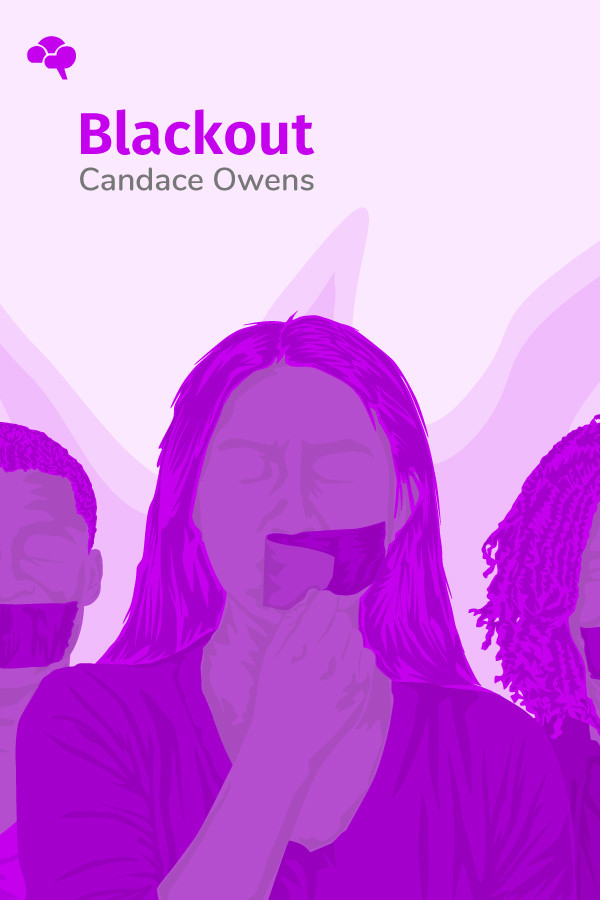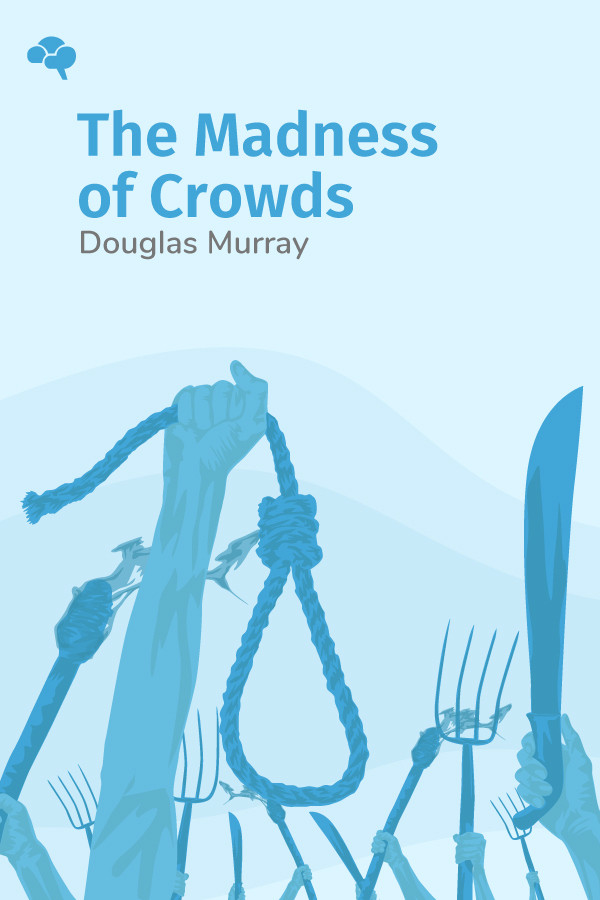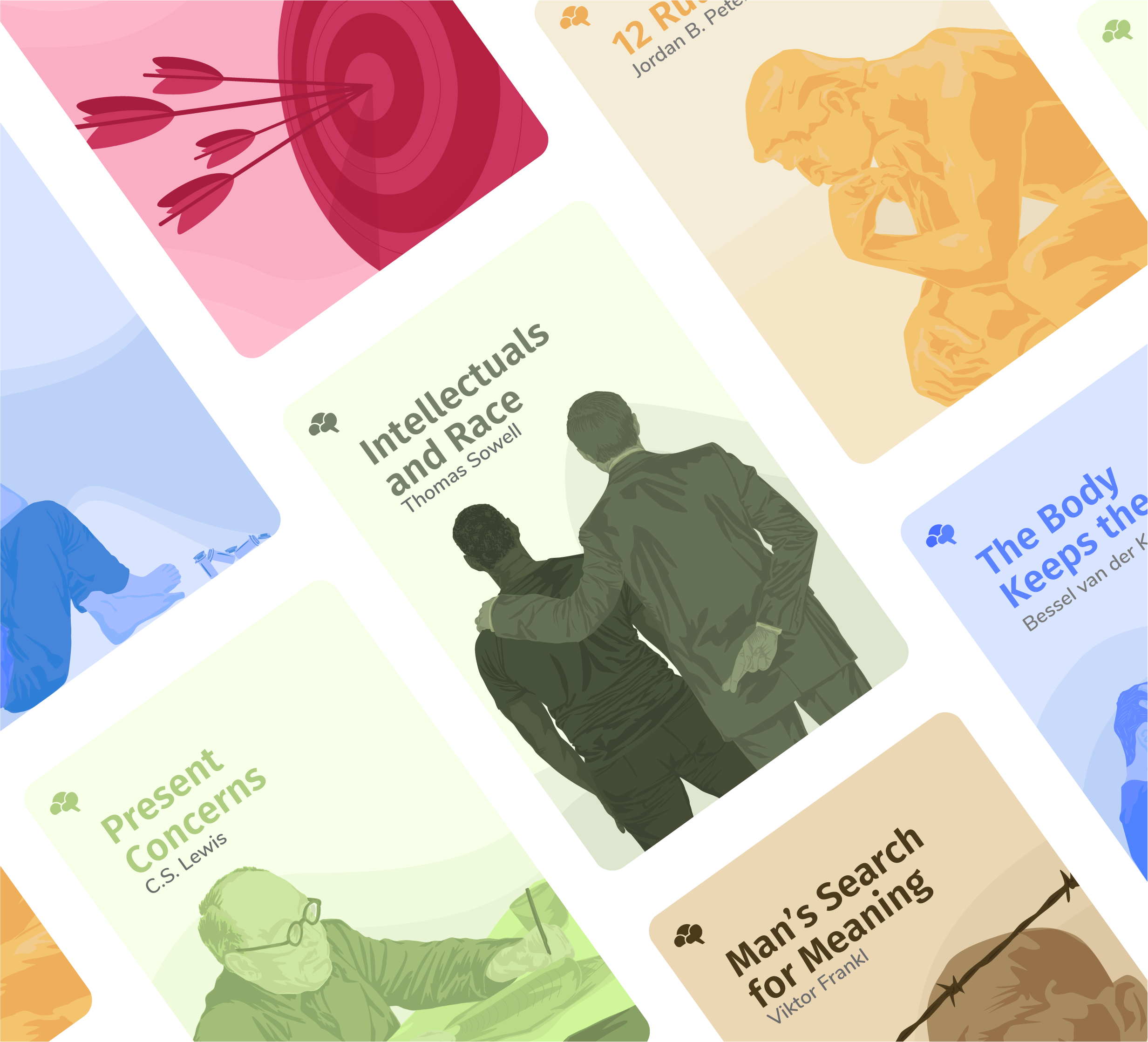Key Insights From:
White Guilt: How Blacks and Whites Together Destroyed the Promise of the Civil Rights Era
By Shelby Steele
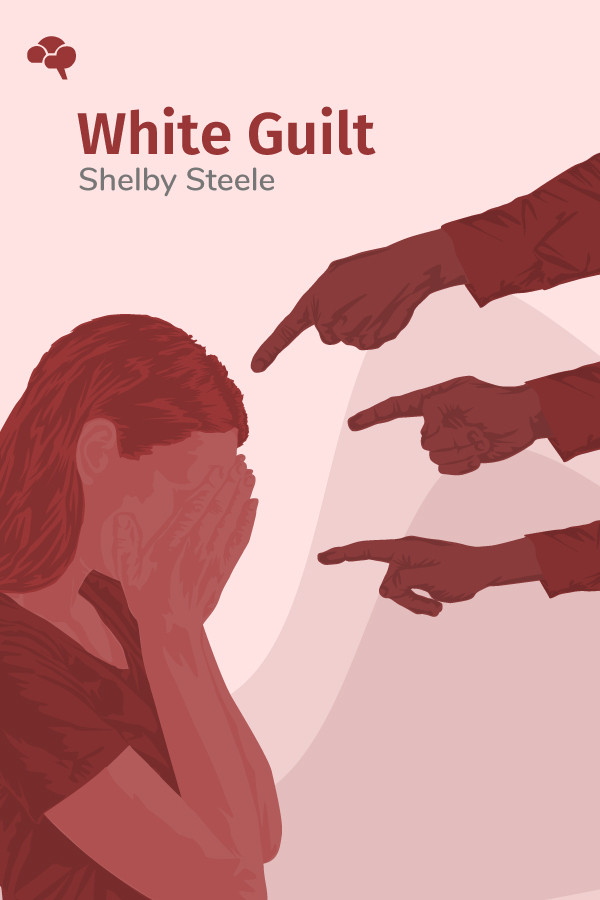
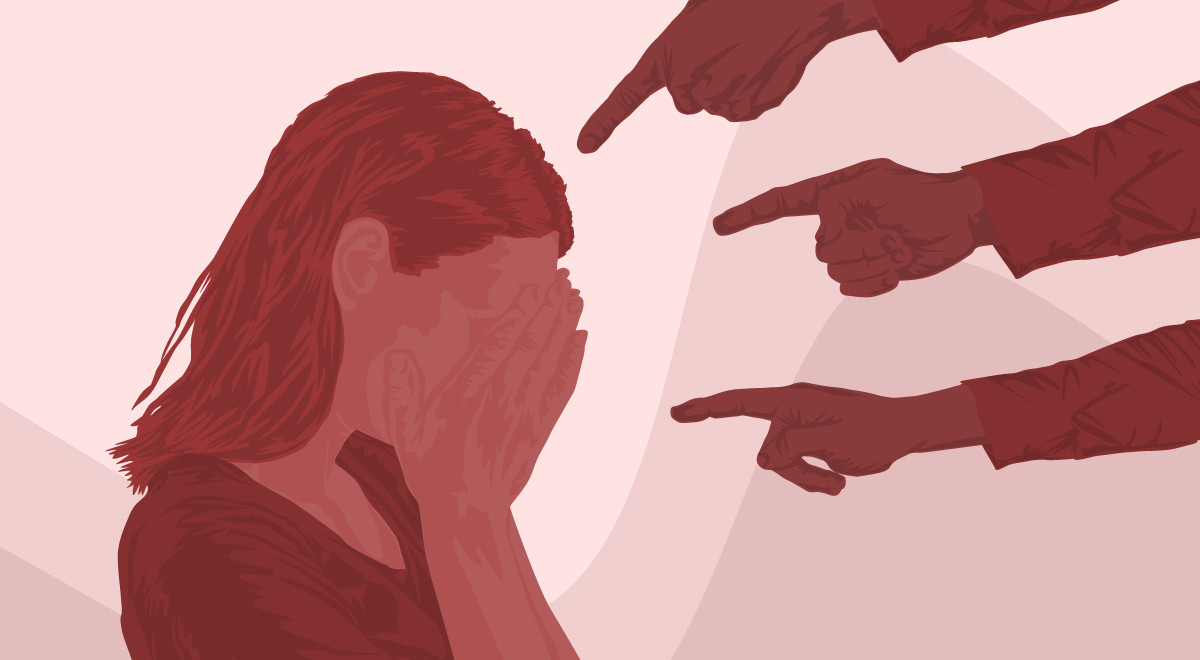
Key Insights From:
White Guilt: How Blacks and Whites Together Destroyed the Promise of the Civil Rights Era
By Shelby Steele
What You'll Learn:
Social media posts, news headlines, political protests—racial tension dominates these forms of public discourse. While the Civil Rights Era spoke peace into the problem, shaking America awake to the reality of its crimes, the period following that did just the opposite. Beginning in the 1960s, a new era of white guilt evolved, functioning as yet another form of racism, the other side of white supremacy. Ashamed of their past, white Americans sought to make amends with African Americans, but injured both parties in the process. Race relations scholar Shelby Steele employs a prosaic narrative of his own personal and political maturation to illustrate how white guilt and reactionary black anger exacerbate racial tensions and unravel moral progress.
Key Insights:
- White guilt is paralysis—shameful memories impede social improvement.
- Responsibility makes us human; its absence holds us back.
- The ‘60s were ripe for youthful rebellion and revolutionary white guilt.
- Innocence by dissociation perpetuates racist mentalities.
- You can’t combat racism with racism—Jeffersonian liberalism is the formula for freedom.
